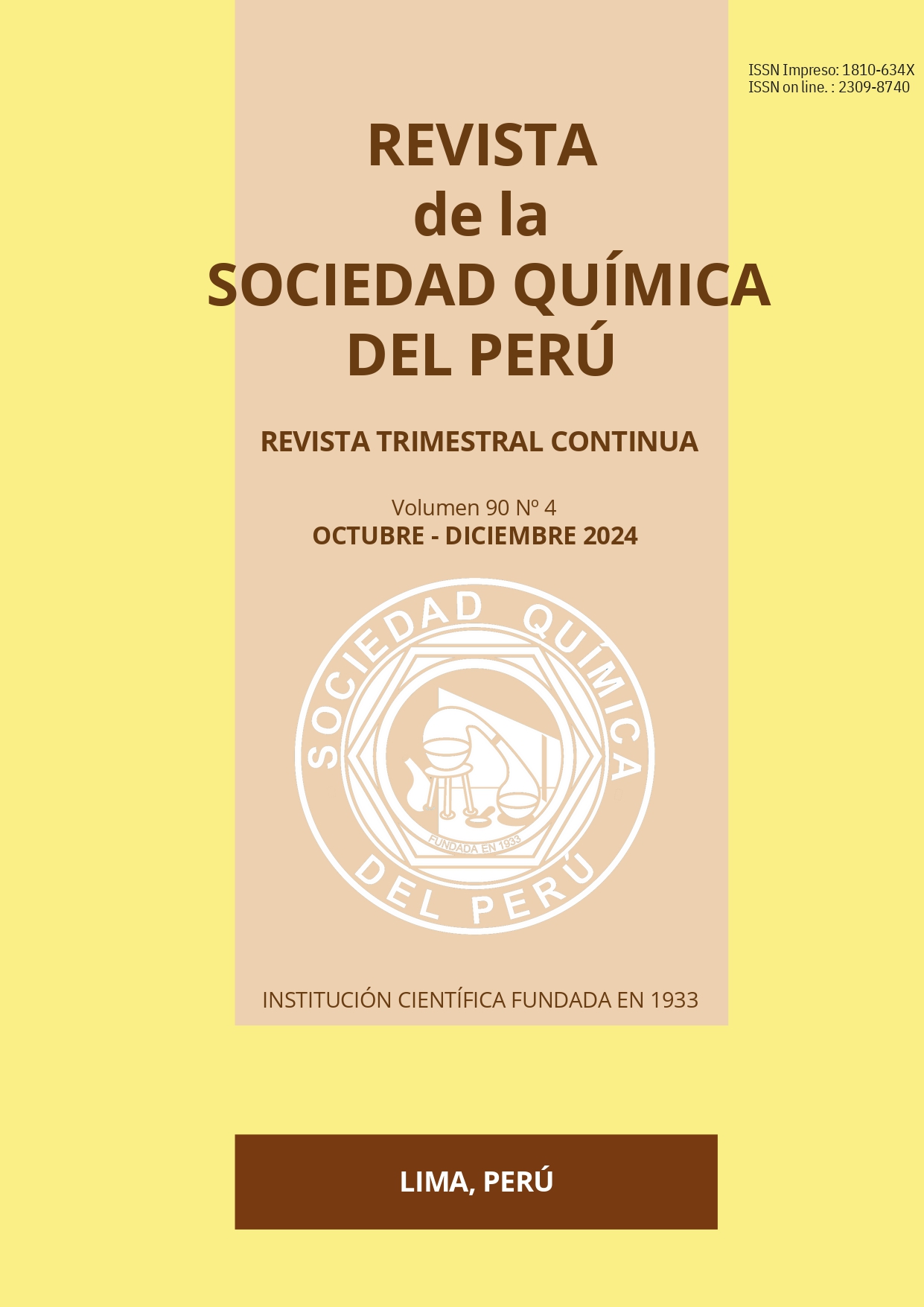DETERMINATION OF BLACK CARBON CONCENTRATION IN PM2.5 SAMPLED IN AN URBAN AREA OF LIMA CITY, PERU
Abstract
Black carbon (BC) can be emitted into the atmosphere from incomplete combustion of fossil fuels and biomass burning. Its quantification is of vital importance due to the effects on the health of living beings and climate change. Seventy-five (75) samples of particulate matter smaller than 2.5 microns in diameter (PM2.5) were collected with a high-volume mass flow sampler at the station located in the Jesús María district (Lat. 12°04'14.5“, Lon. 77°02'35.5”, Alt. 133 m.a.s.l.) of Metropolitan Lima. The determination of black carbon (BC) concentrations was performed with a multi-wavelength absorption instrument (MABI). The results obtained for PM2.5 showed that the air quality is not good if the guidelines recommended by the World Health Organization (WHO) of 15 μg/m³, as a 24-hour average, are considered; while 96% of the data complied with the Environmental Quality Standards for Peru of 50 μg/m³. An average BC concentration of 0.74 μg/m³ was obtained, with a maximum result of 1.55 μg/m³ and a minimum of 0.45 μg/m³ from the dense vehicular traffic in the area, considering that during weekends there is a significant decrease.
Downloads
Revista Arbitrada
Derechos reservados: Prohibido el uso total o parcial del material de esta revista sin indicar la fuente de origen.
Nota: Las referencias comerciales que aparecen en los trabajos no constituyen una recomendación de la
Sociedad Química del Perú










